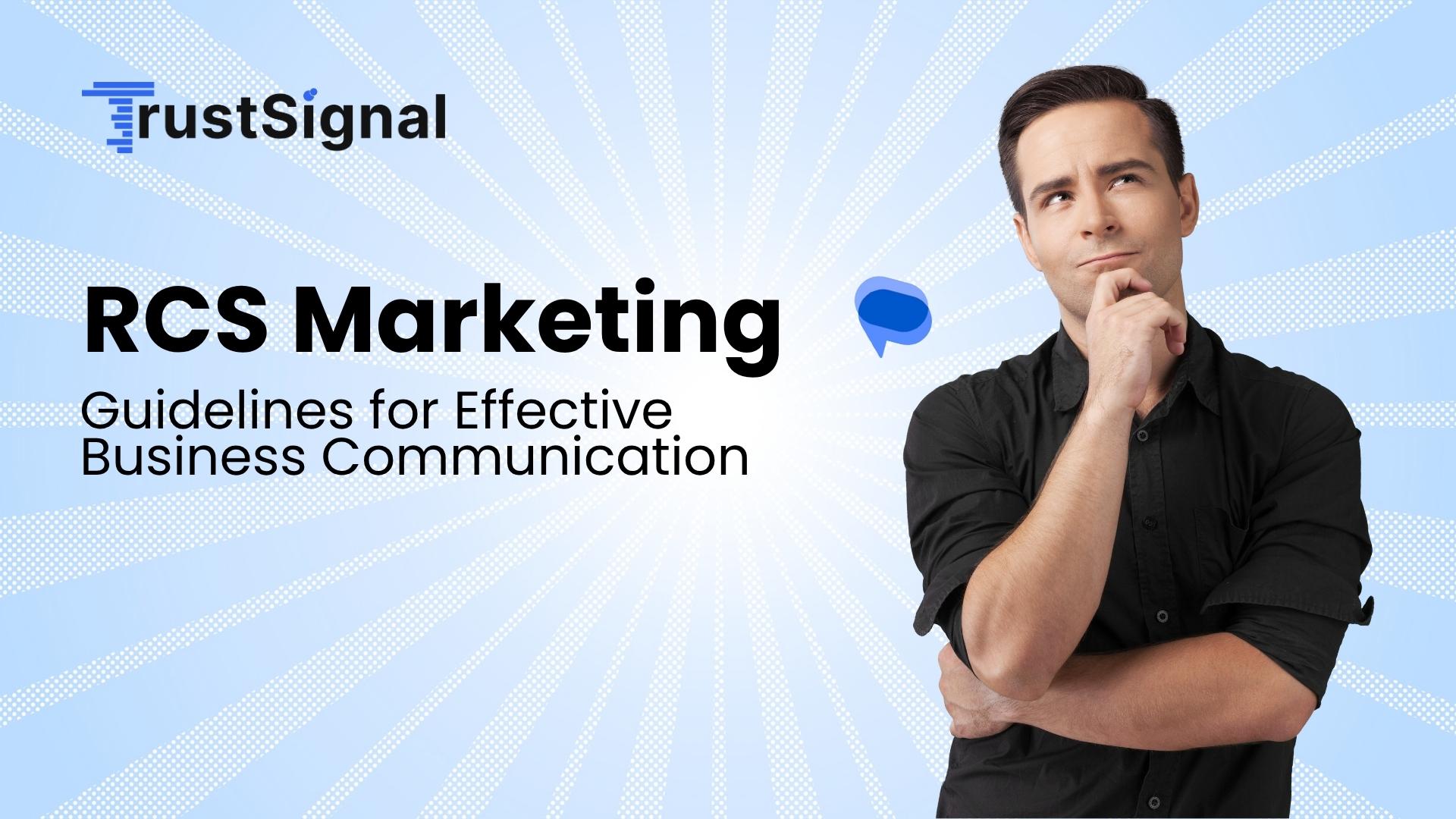Frauds happen everywhere. Even after a full-fledged level of security, things can get out of hand, and some misleading aspects can take place. As in the case of business communication, a very recent and probably new type of fraud has come into being: Artificial Inflation of Traffic (AIT). It has raised a lot of questions on the credibility and security that A2P service providers promise brands with, and that’s why TrustSignal brings you one more enriching guide to explain what triggers this very phenomenon and how our solutions will help you combat it.
What is AIT, and How Does it occur?
- Scammers pair up with a shady aggregator or provider who generates revenue based on the number of SMS a business sends. They both work together in raising SMS traffic.
- The fraudsters obtain hundreds of different SIMs and numbers, with the help of scripts and bots, and they fully control these numbers too.
- They use these bots to log in or register to the websites of businesses, fake real authentication, and request OTPs. And, they do it repeatedly.
- The brand can’t really differentiate whether the repeated requests for OTP are true or fake, and they keep sending OTPs to these fake contacts, resulting in huge SMS traffic.
- The fraudster, who has in this case partnered with a shady and low-quality provider, earns profit with this repetitive fraud, since more SMS means more termination charges.
AIT is something that people think is a mere circumstance in business communication. But in reality, it is a root cause of immense financial loss for a business, and keeping a close eye on this will save your business’s fortune.
What Makes AIT a Serious Threat for Businesses Today?
AIT is like a threat to a business’s budget and targets the trust a business is working hard to build. Here are four major reasons why AIT is considered a threat to businesses:
- It results in high spikes in SMS bills: Only after noticing high bills on their SMS delivery, brands get to know that they are being charged wrongfully by a fraudulent system.
- It leads to fake user growth and falsified analytics: It is the main cause of misleading company analytics and unidentified or fake user growth.
- It damages the level of OTP led authentication methods: With the rise in SMS traffic, brands keep sending OTPs to the same fraudulent numbers, and miss out on the genuine ones, which results in delays from their part and loss of interest from the customers.
- It greatly harms the reputation of businesses: With this misleading loss at all touch points, it leaves a bad impression on the services and reputation of the brand.
Why are OTPs the Main Tool to Drive This Fraud?
The question here comes of why OTPs are the easier tool that fraudsters have picked to drive out this fraudulent market? Here is a clear explanation of its and hows and whys:
- Bots, in this case, are very intelligently trained to ask for repeated OTPs. Also, OTPs are very predictable, have a pretty high value, and are thus a very easy target of this loophole.
- They are pricier than any SMS, and triggering a repeated request means more money in the bank accounts of the fraudsters.
- As said before, businesses can’t really decipher whether the OTP is being requested by a genuine person, and they just keep sending the OTPs, even repeatedly, to the same scamming numbers.
How To Combat This Issue with TrustSignal’s Supervision?
When it comes to the prevention and safety from this issue, it points to all three major areas: the Telcos, which are the operators mainly, a CPaaS provider, which works as a bridge between the operator and the business, and lastly, the businesses that need both the powerhouses for business communication. Ensuring safety at all three touch points is essential, and A CPaaS provider like TrustSignal is the solution for seamless and safe business communication, as our system is well-trained to help today’s businesses stay ahead of this issue. Here is how we do it:
- We are directly connected with all the operators and take end-to-end approvals for every message template, which helps us eliminate any chance of exposure to grey routes and shady operators.
- Our backend system checks SMS traffic on a timely basis to analyze any suspicious occurrences, for example, if any unusual SIMs or numbers are occurring often, if there is a spike in the traffic, or if there are any repetitive OTP requests, our system alerts us of this immediately.
- Our workflows are backed by AI-powered machine surveillance to detect AIT. We keep a close eye on the rates of conversions, request frequencies, and inconsistencies in authentication processes, as these signs help us prevent SMS pumping before it starts to escalate.
- Our team is 24/7 available for our clients, and we guide them through every step of onboarding and help them understand the entire system of how business messaging works, along with what to watch out for. Our team helps you test and monitor your messages to ensure a secure communication ecosystem.
- We instantly block any suspicious sources like bots or scripts. We also alert our client’s team before any such activity takes place and help them stay abreast beforehand. This ensures that the genuine users aren’t affected by delays in services and keeps the unauthorized activity at bay.
- We put rate limits that change as per traffic type, timing, and the behaviour of the user. The reason why we use these rates is that they delay the skeptic OTP requests without affecting the service time of real customers.
Conclusion
By now, we have clearly understood that AIT isn’t just a technical fallacy and financial issue, but rather a scam that is costing a brand its credibility, name, and reputation. The most powerful way to ever prevent this is by smart and safe routing, and a communication partner that promises that in every step. TrustSignal, with its sharp six senses, helps detect this issue from the very first point and eliminates it.
We have a zero tolerance for fraud and try our best to protect our clients from any suspicious activity that may happen. Today is the day for businesses to choose the right partner and protect their customers, their company budget, and reputation from getting caught in this wildfire. Communication should be secure, clean, and trustworthy, and TrustSignal aims to prove just that.






